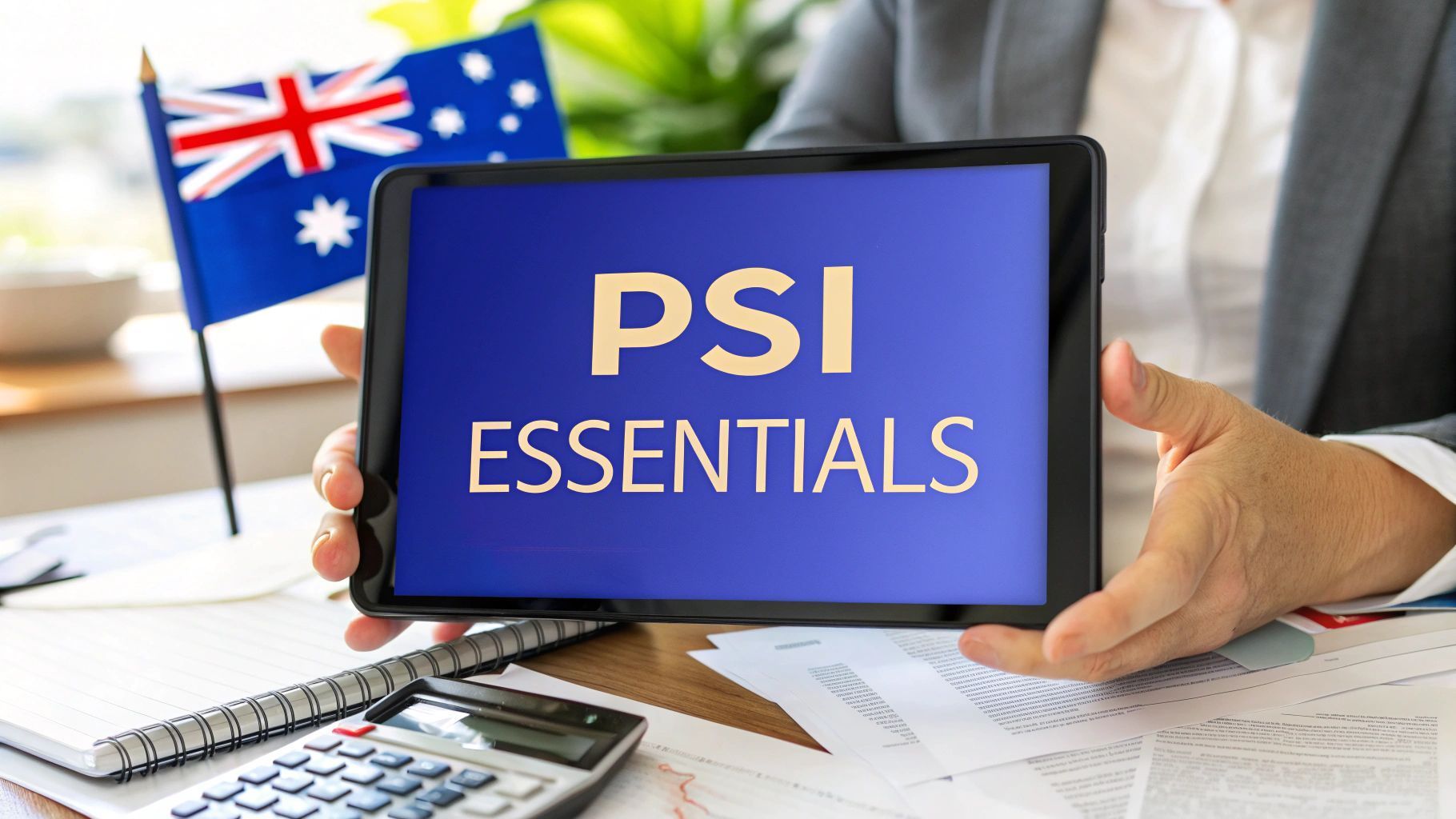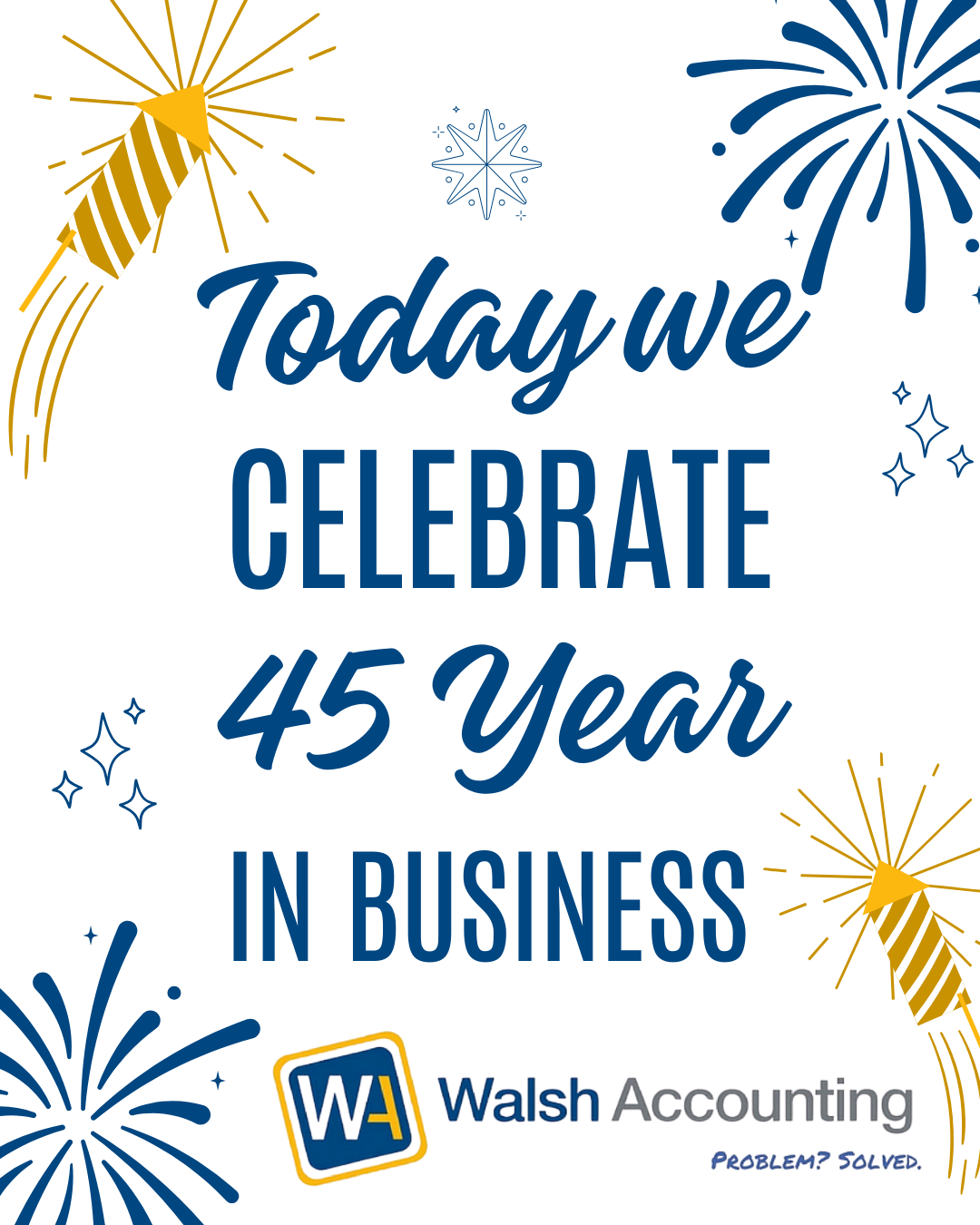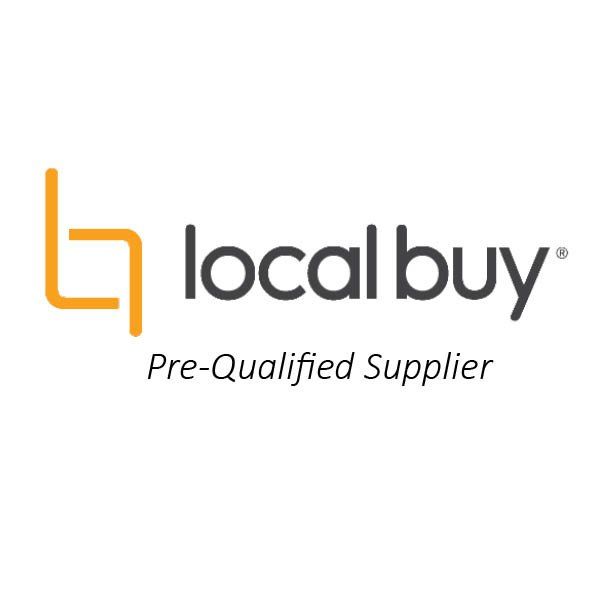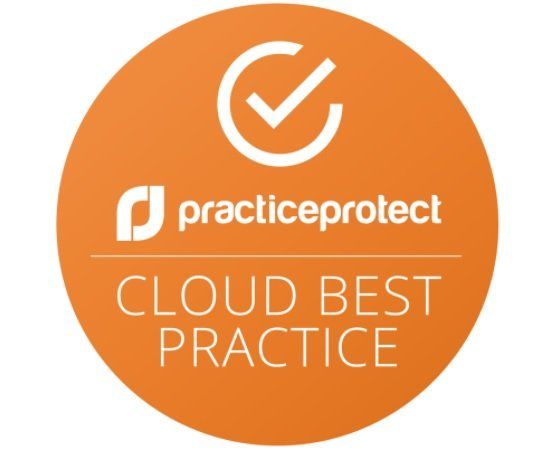Understanding Superannuation Pensions
Understanding Superannuation Pensions

Understanding Superannuation Pensions
Superannuation pensions, also known as income streams or account-based pensions, are a popular way to access your retirement savings once you stop working. They provide a regular income and can be tailored to suit your financial needs during retirement. Here’s everything you need to know about superannuation pensions.
What is a Superannuation Pension?
A superannuation pension is a regular income paid from your super fund once you’ve retired or reached a condition of release. It allows you to convert your lump sum savings into manageable payments, ensuring a steady income during your retirement years.
Types of Superannuation Pensions
- Account-Based Pension:
- This is the most common type of super pension. You draw a regular income from your super while the remaining balance stays invested, continuing to earn returns.
- You can choose your payment amount (above a government-mandated minimum) and frequency, such as monthly, quarterly, or annually.
2. Annuities:
- An annuity provides guaranteed income for a fixed period or for life. It’s purchased with your super balance and offers certainty but less flexibility compared to account-based pensions.
Key Features
- Tax Benefits: Super pensions are tax-free for individuals aged 60 and over. If you’re under 60, part of your income may be taxed.
- Minimum Drawdown Rates: The government sets minimum withdrawal rates based on your age. For example, retirees aged 65 to 74 must withdraw at least 5% of their super balance annually.
- Investment Growth: With account-based pensions, the balance that remains in your super continues to be invested, potentially growing your savings further.
Benefits of Superannuation Pensions
- Regular Income: They ensure you have a steady stream of money to cover your living expenses.
- Flexibility: With account-based pensions, you can adjust your payments to suit your lifestyle needs.
- Tax Advantages: They offer significant tax benefits, especially for retirees aged 60 and over.
Considerations
- Longevity: Your pension needs to last for your lifetime. Carefully plan your withdrawal amounts to avoid running out of money.
- Market Risk: With account-based pensions, your balance remains subject to investment market performance, which can fluctuate.
- Fees: Some super funds may charge fees for managing your pension account.
Is a Superannuation Pension Right for You?
Superannuation pensions are an excellent way to convert your retirement savings into a manageable income. However, the right choice depends on your financial situation, retirement goals, and risk tolerance. Consulting with a financial adviser can help you choose the best option for your needs.
By understanding how super pensions work and planning carefully, you can enjoy a stable and comfortable retirement.

















